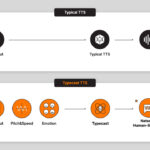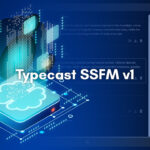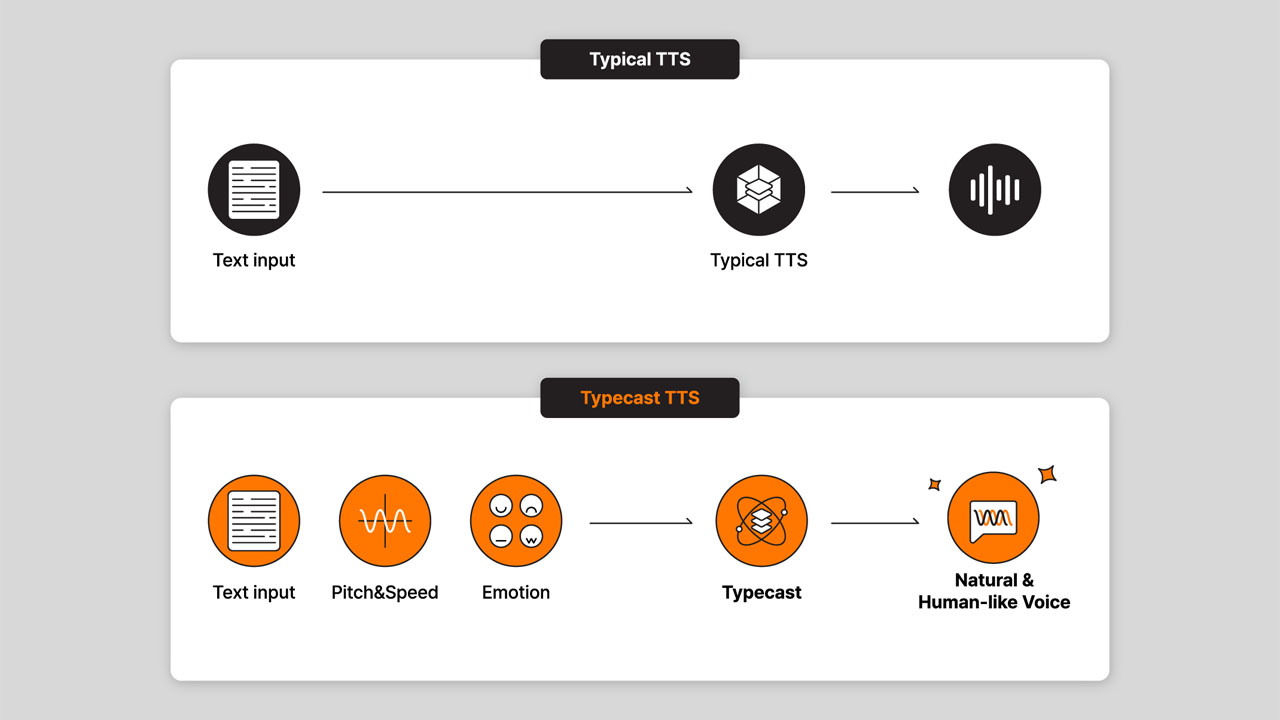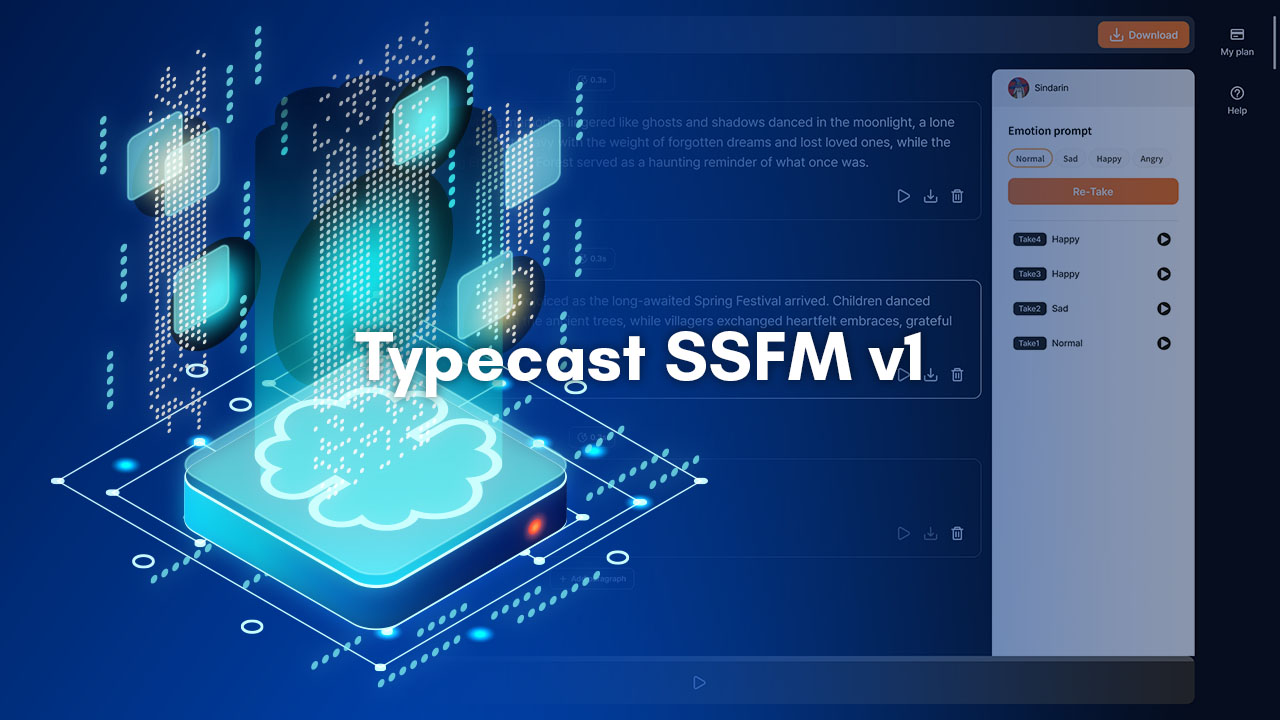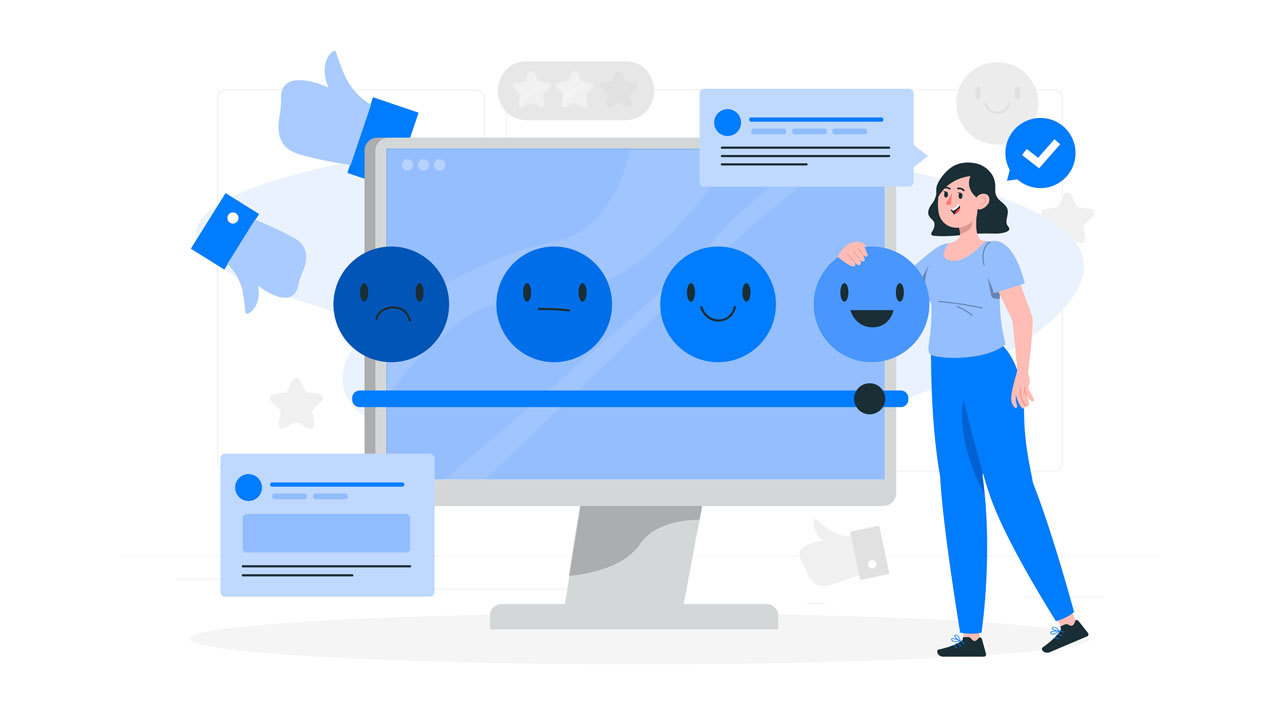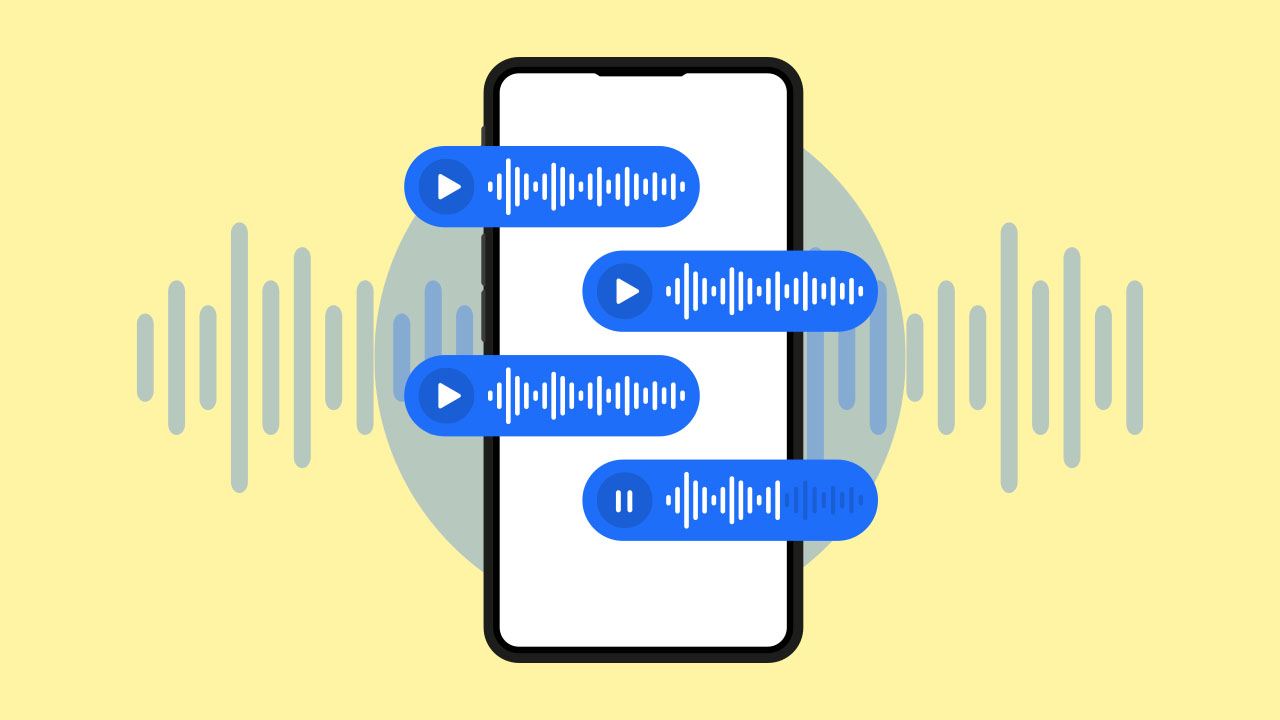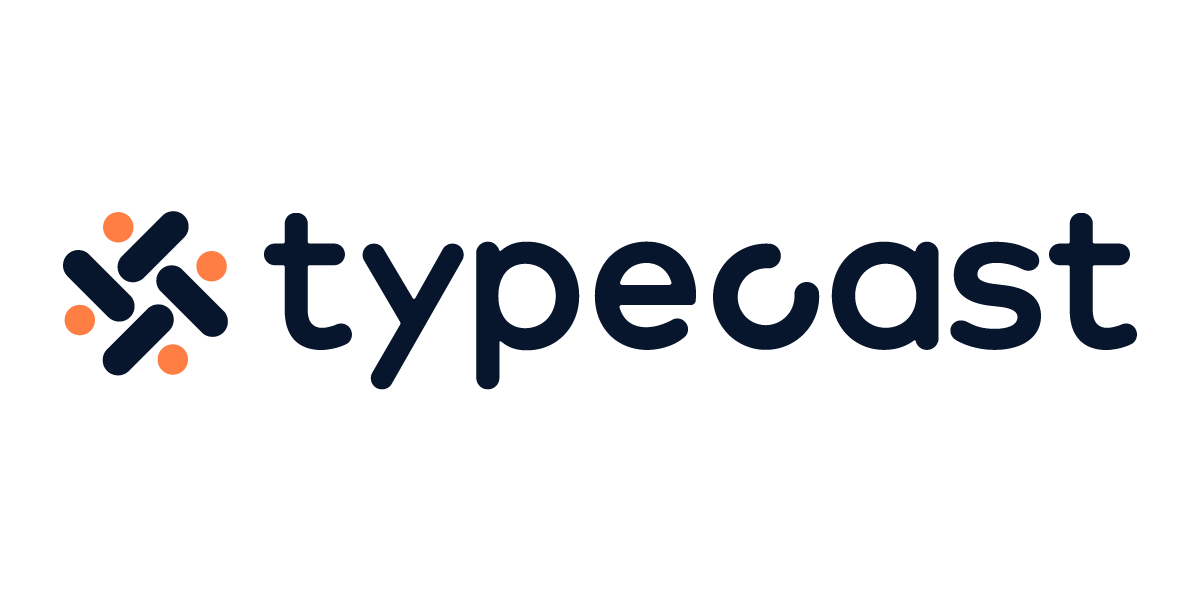Social media is a great tool for content creators to showcase their talent and express creativity. With the rise of AI, virtual storytelling has gained traction on both social media, as well as on mainstream platforms.
Filmmakers, advertisers, and influencers are utilizing AI actors in their content for creative expression. Teachers are using these actors to create engaging lessons for their students. YouTubers and gamers rely on automated AI actors to generate consistent content for their audience.
While AI is quickly assimilating into the everyday lives of creators, it shouldn’t be looked at as a replacement for human storytellers. Rather, with its advanced capabilities, AI is meant to assist human beings in their creative work – making it more streamlined and efficient.
What is virtual storytelling?

Synonymous with digital storytelling, virtual storytelling is the process of creating online stories. Like any online storytelling process, virtual storytelling also involves the main components of story narration, such as:
- Generating an idea
- Brainstorming characters, including the protagonist/hero and the villain
- Writing the script
- Video storyboard – a visual that outlines the characters and environments in the story
- Creating visuals and audio using a software
- Publishing the story online
- Gathering feedback
The process of visual storytelling can be as extensive or as brief, depending on your mode of communication, message, and audience.
For example, a filmmaker may utilize a studio to create, record, produce, and edit a short film, while a student working on a visual storytelling assignment may use a free tool online, skip the process of storyboarding, and not care about publishing their project online.
Film editing using AI
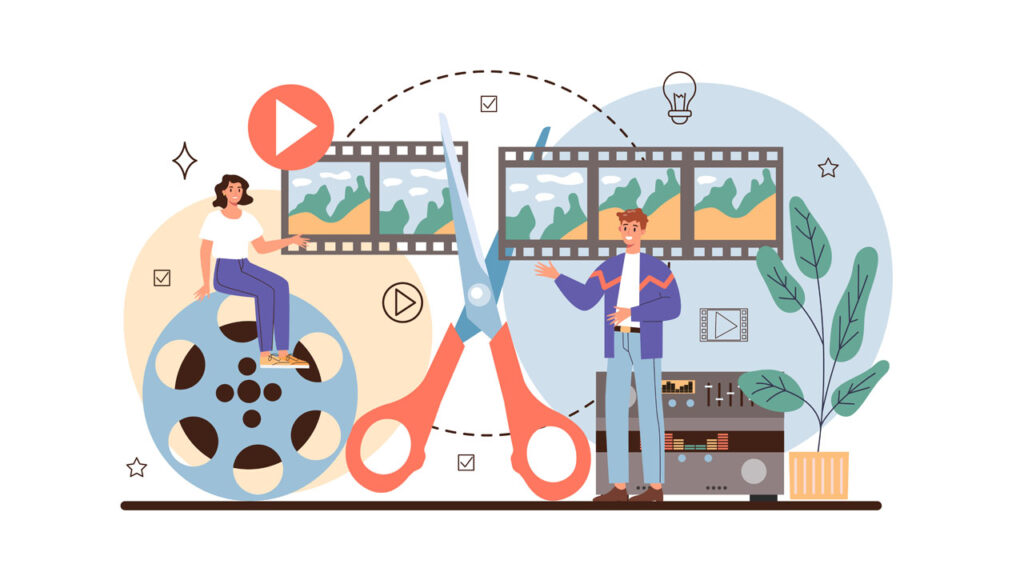
AI applications today are no longer limited to pattern-matching techniques and text-to-speech capabilities, rather, the advancements in the field are owed to the breakthrough discoveries in the field of Quantum Computing, Robotics, Autonomous Vehicles, and more. The entertainment industry is no exception. Today you can easily edit films using AI tools.
What used to be a cumbersome process, involving heavy equipment, complex software, and heavy budgeting, filmmaking, has now become a super fast and easy process with AI.
With an AI generator tool like Typecast, creators can perform film editing from the comfort of their home, in front of a computer screen. Typecast’s dashboard is user-friendly, and includes features such as character selection, voice (tone, speech pace, etc.), adding music, captioning, and more.
Typecast redefines the art of virtual storytelling through a list of 300+ AI actors to choose from. You can cast any of these characters in your virtual films.
Voice-over acting and AI

The best example of voice-over acting can be quoted from the movie Shawshank Redemption. Throughout the movie, Red (Morgan Freeman) narrates several scenes of the movie as the primary narrator. Hence, he is considered to be acting as a voice-over actor.
With AI, a narrator’s voice can be automated. AI tools have become so sophisticated that creators can use popular voices such as Donald Trump, Joe Biden, and many other public figures in their online content.
In the past, voice cloning software produced artificial and robotic-sounding voices. However, with advancements in the AI field, the technology is now capable of analyzing millions of voices, identifying patterns in speech known as phonemes, and replicating them within a matter of seconds.
While cloning celebrity voices is no longer impossible, there’s a fine line in the ethical usage of such voices. Creators should only use publicly cloned voices that they have copyrights for.
With a human voice simulator, creators, students, YouTubers, and influencers can create voiceovers without having to say a single word. Simply export the script into AI software and it will convert the written text into speech.
How AI is breaking the walls of virtual storytelling

AI voiceovers and text-to-speech technology is widely used today in audiobooks, podcasts, and other formats that center around audio storytelling.
Created by a team at This Is Distorted, Synthetic Stories is an example of a fully AI-generated podcast. The script, design, characters – everything on the podcast is created using AI. The podcast’s content is quite pervasive and includes sci-fi thrillers and heartwarming dramas – catering to all kinds of audiences.
This is an example of AI stretching the walls of the virtual realms, pushing boundaries of what is possible in the world of storytelling.
To make the process of virtual storytelling even easier, AI software often comes equipped with built-in AI script generators that allow creators to type in prompts (e.g., storyline, characters, etc.) and have the software create a complete story for them. Hence, creators can eliminate the step of creating a storyline.
Virtual storytelling doesn’t have to be a lengthy process. Simply use a tool like Typecst to choose a voice-over character of your choice. Next, feed it your script, and watch your story become a reality.
Why should you use AI tools for virtual storytelling?
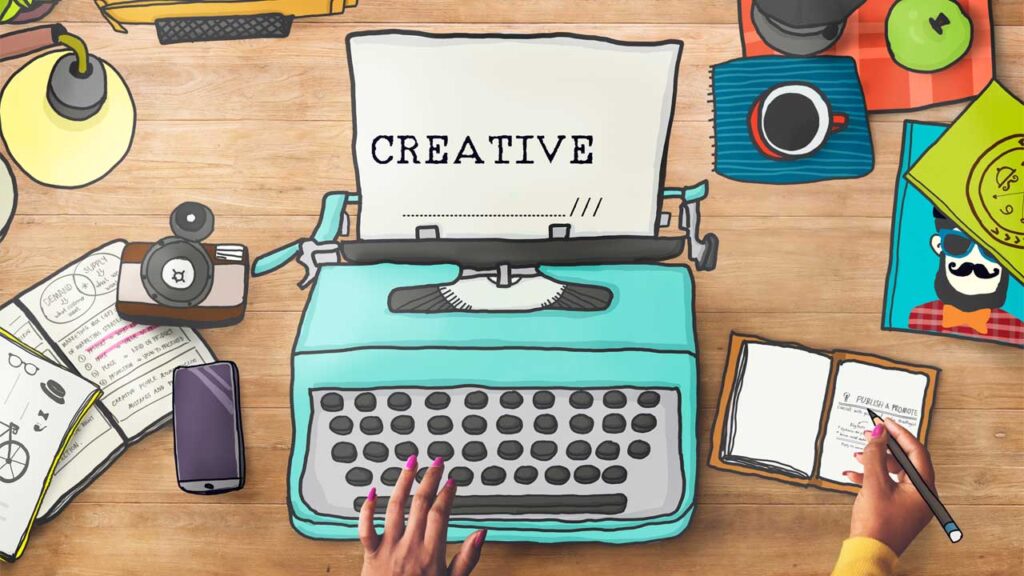
Here are some of the important benefits of using AI tools for creating digital stories.
- Content automation: Nothing beats faster outputs that can retain quality. Large amounts of data is fed to AI software which allows the software to generate automated content within seconds. Whether you are a student, an online creator, or a film enthusiast, you can save time and money through automation.
- Improved quality: Human beings are prone to error. As creators, we can proofread our content multiple times, but we can still miss out on certain details. AI models form patterns by learning large amounts of data. This allows them to spot mistakes quicker than a human can. Hence, AI-generated content is often considered of high quality.
- Vastly applicable: AI models aren’t just restricted to generating a single kind of content, rather they are trained in creating a variety of content types, including text, images, and video. Often the content types can be combined to create more interactive outcomes.




